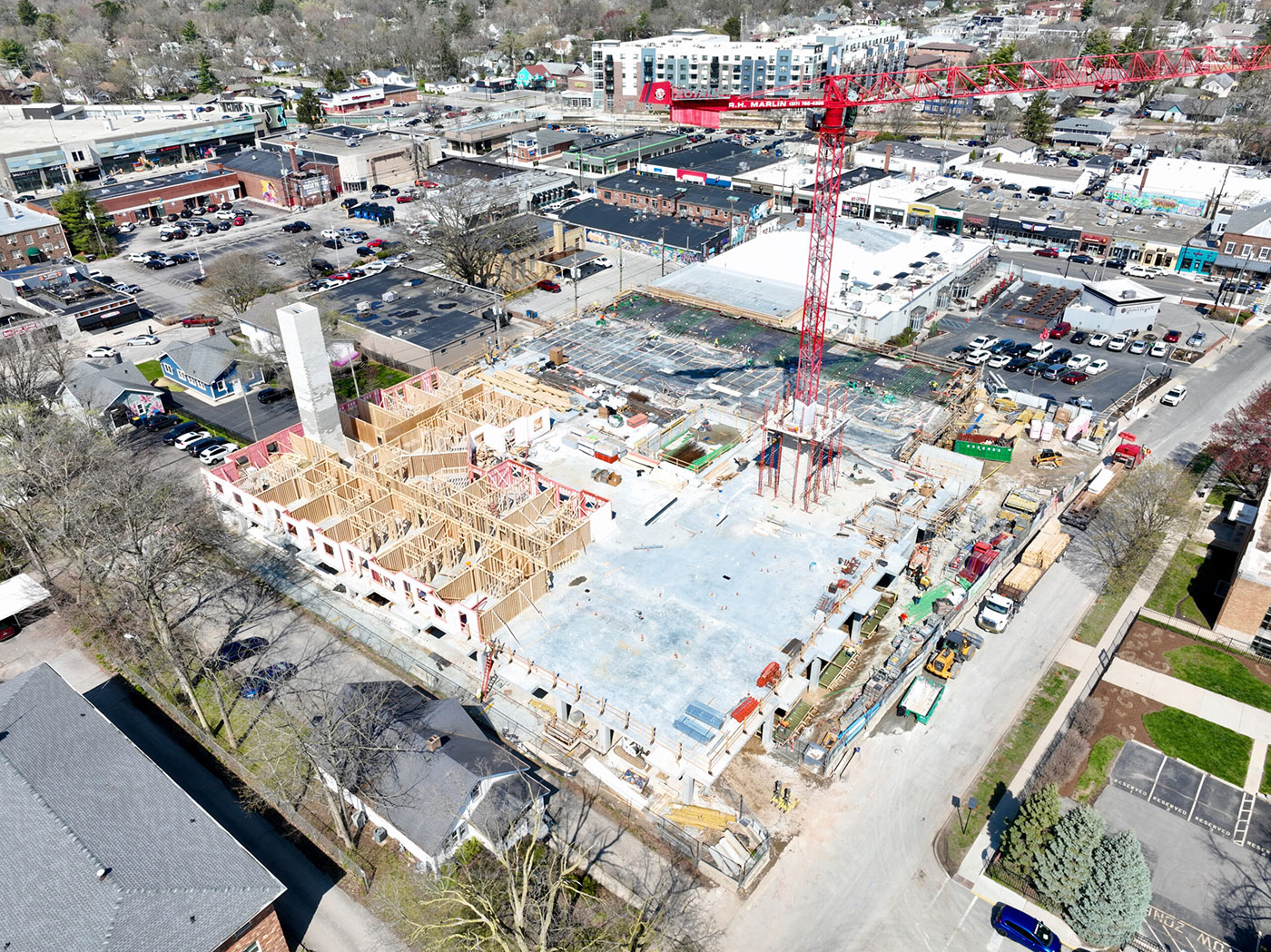
Expertise to transform TIF into project gains
Selling your TIF instead of holding it or utilizing a loan, converts the full term of your asset into up-front cash for your project. It’s a new approach, one that requires direct access to capital, and a depth of real-estate and finance expertise to value your project and structure your TIF bond in a way that multiplies your proceeds. At Hageman Capital we’re committed to developer’s financial success and in helping foster growth in your target communities. Your development growth is our goal.
When conducting a feasibility analysis for your project, consider TIF as a cash infusion that helps raise the bar of what’s possible for your development. Balancing the other components of your market study and getting an accurate read on your target location, can help ensure your plans and TIF have the most value.
CRE development feasibility assessment: components that affect your financial projections
Feasibility studies are the heart of strategic planning for a new commercial real estate project. Financial feasibility is the target objective, combining with demographic and competitive analyses to form the tripod upon which your development stands or falls.
Hard costs
Hard costs are the essential components of a development project and are tangible expenses directly associated with physical construction.
–Architectural Planning
Expenses related to architectural design services, including initial concept development, blueprints, floor plans, and building elevations.
Costs for hiring architects, designers, and engineers to create detailed construction drawings and specifications.
–Land Development
Costs for land acquisition, site preparation, and utilities infrastructure development.
Expenses linked to obtaining zoning approvals, permits, environmental assessments, and surveys for the development site.
–Construction
Direct costs of physical construction materials like concrete, steel, wood, and fixtures required for the building.
Labor costs for construction workers, contractors, subcontractors, and project management services.
Equipment expenses for construction machinery, tools, and temporary structures on-site.
–Engineering
Engineering fees for structural, mechanical, electrical, and plumbing systems design and coordination.
Costs for geotechnical studies, soil testing, environmental impact assessments, and building code compliance reviews.
Soft costs
Soft costs encompass more intangible expenses such as legal fees, financing costs, insurance, marketing, and administrative expenses that contribute to the overall project budget but are not directly tied to physical construction activities. Such costs will vary from project to project and based on your target location.

Improve your returns today with Hageman Capital
Maximize your project returns with the best monetization strategy for your TIF bonds. We have the expertise you need to bridge the equity gap in your CRE developments. Contact us today for a free consultation to explore the details of your project and the valuation of your TIF bond.